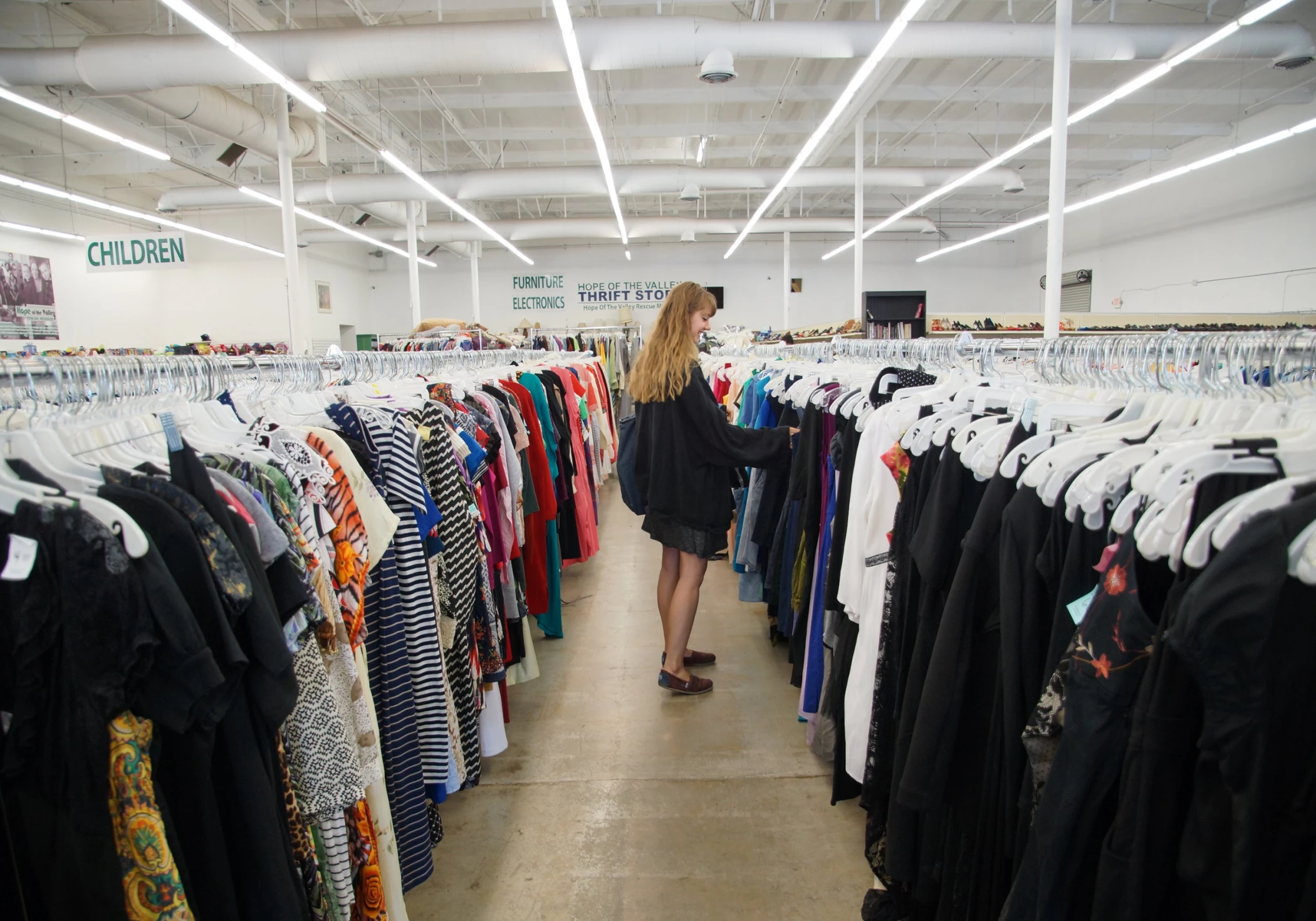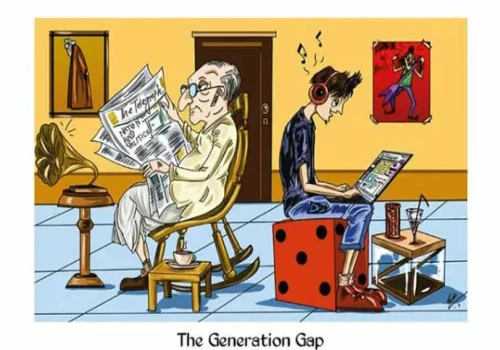
In contemporary society, a significant number of individuals consider shopping at thrift stores to be a valuable endeavor due to both economic and environmental factors.
Engaging in thrifting involves exploring second-hand stores, attending garage sales, or browsing flea markets in search of gently-used items available at reduced prices. Although thrift stores may offer furniture and various household items, clothing stands out as the most sought-after commodity.
In summary, thrifting involves acquiring (typically fashion) items that are either excess inventory rejected by brands, pre-owned, recycled, or upcycled by thrift stores. These items are often priced affordably, occasionally presenting unique finds like a vintage cashmere sweater amid stacks of classic grandpa sweaters. Embraced by Indian millennials and Gen Zs, thrifting has gained popularity for its cost-effectiveness and positive environmental impact.
The fast fashion industry has long been linked to extensive pollution and a range of other concerns. In the current era, it has become imperative to explore alternative approaches to extend the lifespan of clothing, and turning to sustainable fashion is a crucial step. This can be effectively achieved through thrifting, a novel concept that involves purchasing second-hand clothing.
The thrift culture, like many aspects of life, comes with its drawbacks. Nonetheless, it is inaccurate to label thrifting and thrift stores as modern concepts. Throughout history, various Indian cities and regions have organized annual haats where street hawkers and vendors peddle an assortment of used and discarded clothing. Over time, these local haats have evolved into studios and more extensive professional venues, transforming the essence of thrifting into what is now recognized as "brands" and "stores" that provide clothing at relatively lower prices.
The rise of fast fashion had already diverted earnings from impoverished local Indian artisans who possessed the skill of perpetuating traditional handloom fabrics and slow fashion. Many of these tailors transitioned to garment construction for larger corporations that could produce on a mass scale at lower costs, leading to a decline in artisanal labor and the surge of fast fashion. Those who remained in the industry due to the limited demand for quality garments are now facing a new threat, as these garments are easily accessible in thrift stores as second-hand clothing.







